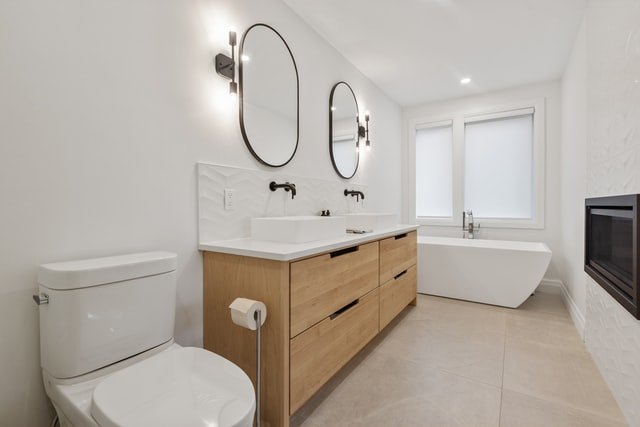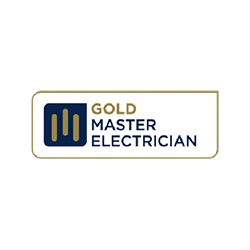27 June 2022
New Flushable Standards – what it means & how the standard for flushability has changed
New Flushable Standards – what it means & how the standard for flushability has changed
Australia has taken a big step in the right direction to combat the growing problem of drain blockages caused by items that are marketed as flushable, like wet wipes, but are not. These products lead to millions of dollars in repairs and drain clearing each year for water authorities and councils around the country.
The new labelling system is voluntary, however, it should be assumed that anything that does not carry the official ‘Flushable’ label is not suitable to dispose of in the toilet.
The label is expected to be a simple graphic of a person disposing of an item in a toilet.
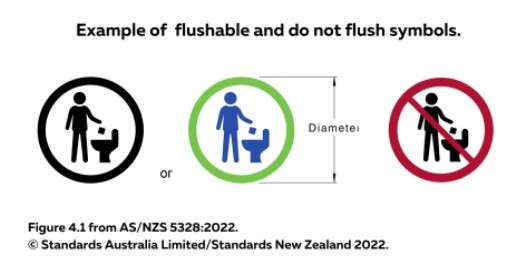
A product that meets the new standard will be clearly marked so customers can make informed choices about the products they purchase and how they manage the used item.
Customers can expect to see the new flushable labelling on packaging in the next 6 months.
The new standard is called AS/NZS 5328 Flushable Products, to meet the requirements the product must pass 6 rigorous tests. One of which is that the product breaks down into small pieces (< 2.45 cm) after an hour. Another stipulates that the product must not contain plastic to reduce the ocean and natural waterways microplastics.
Please note – toilet paper is safe to flush and does not need to carry a flushable label.
Water Services Association of Australia (WSAA) executive director Adam Lovell said “While the standard is voluntary, it provides manufacturers with clear pass/fail criteria for products suitable for toilet flushing. Importantly, it includes requirements for clearer labelling so customers know for certain whether a product is safe for flushing.”
The INDA (Association of the Nonwoven Fabrics Industry) and the EDANA (global voice of nonwovens) are calling for a further step with labelling on all non-flushable wipes to include a ‘Do Not Flush’ symbol.

Getting the non-flushable message out
Many water authorities across the country have taken measures to educate the local public on how to keep the mains wastewater systems flowing to avoid dreaded fatbergs. These healthy drain habits also help residents prevent blockages in their own drains.
Sydney Water ‘Are you flushing kidding me?’ campaign
Icon Water’s ‘Free the Poo’
Canberra’s Icon Water has taken the message to another medium by creating a ‘Free the Poo’ video game.
They have also created an educational comic on a day in the life of a poo which follows the wastewater treatment process from reaching the mains sewer system to the return of the treated effluent to the local environment.
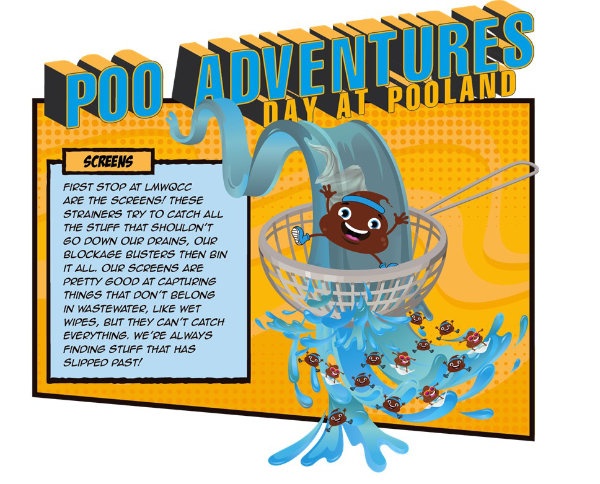
Read the full comic here iconwater.com.au
To avoid creating your very own fatberg as the saying goes, ‘with the exception of toilet paper, if it didn’t come out of you, don’t put it in the loo‘.
Tips on avoiding blocked drains at home
What is ok to flush?
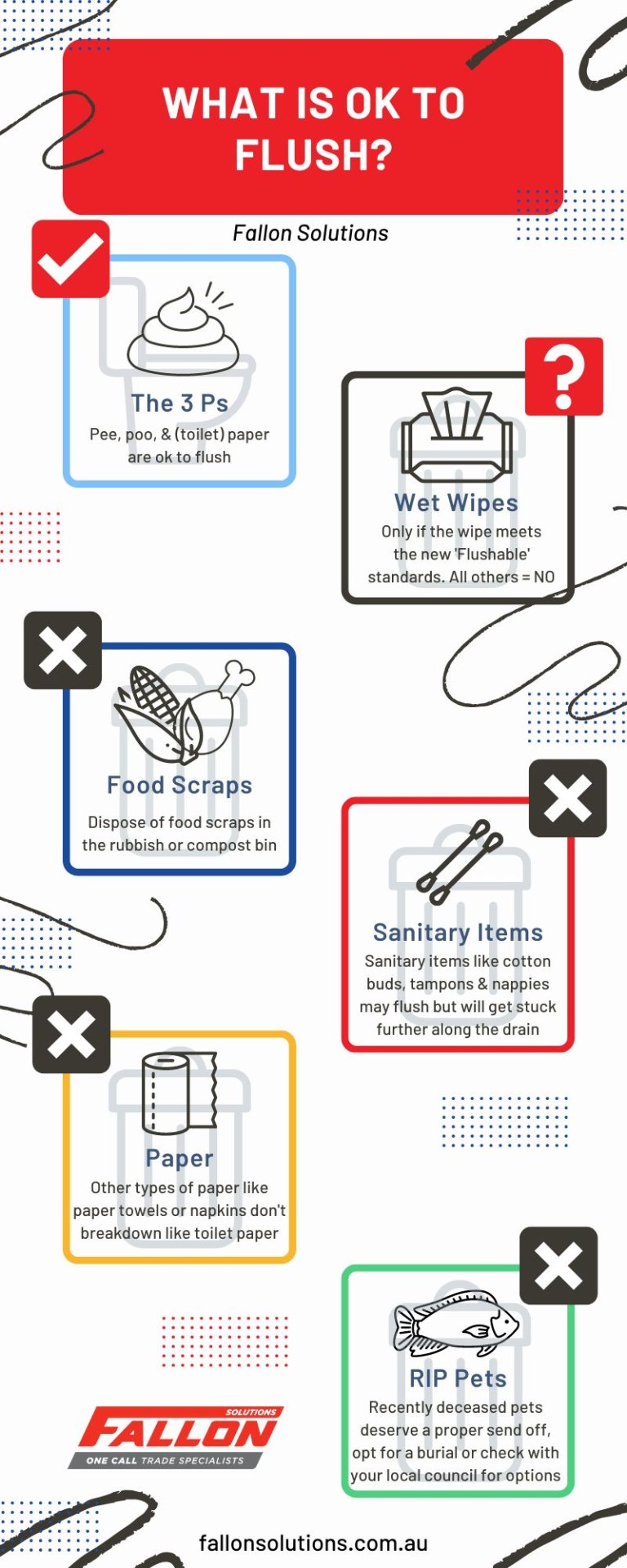
References:
- https://www.standards.org.au/news/flushable-products-colon-standard-now-available
- https://www.nonwovens-industry.com/contents/view_breaking-news/2022-06-07/australia-releases-national-flushability-standard
- https://www.awa.asn.au/resources/latest-news/world-first-flushable-standard-set-to-curb-cost-of-sewer-blockages
Suggested articles
No articles found
